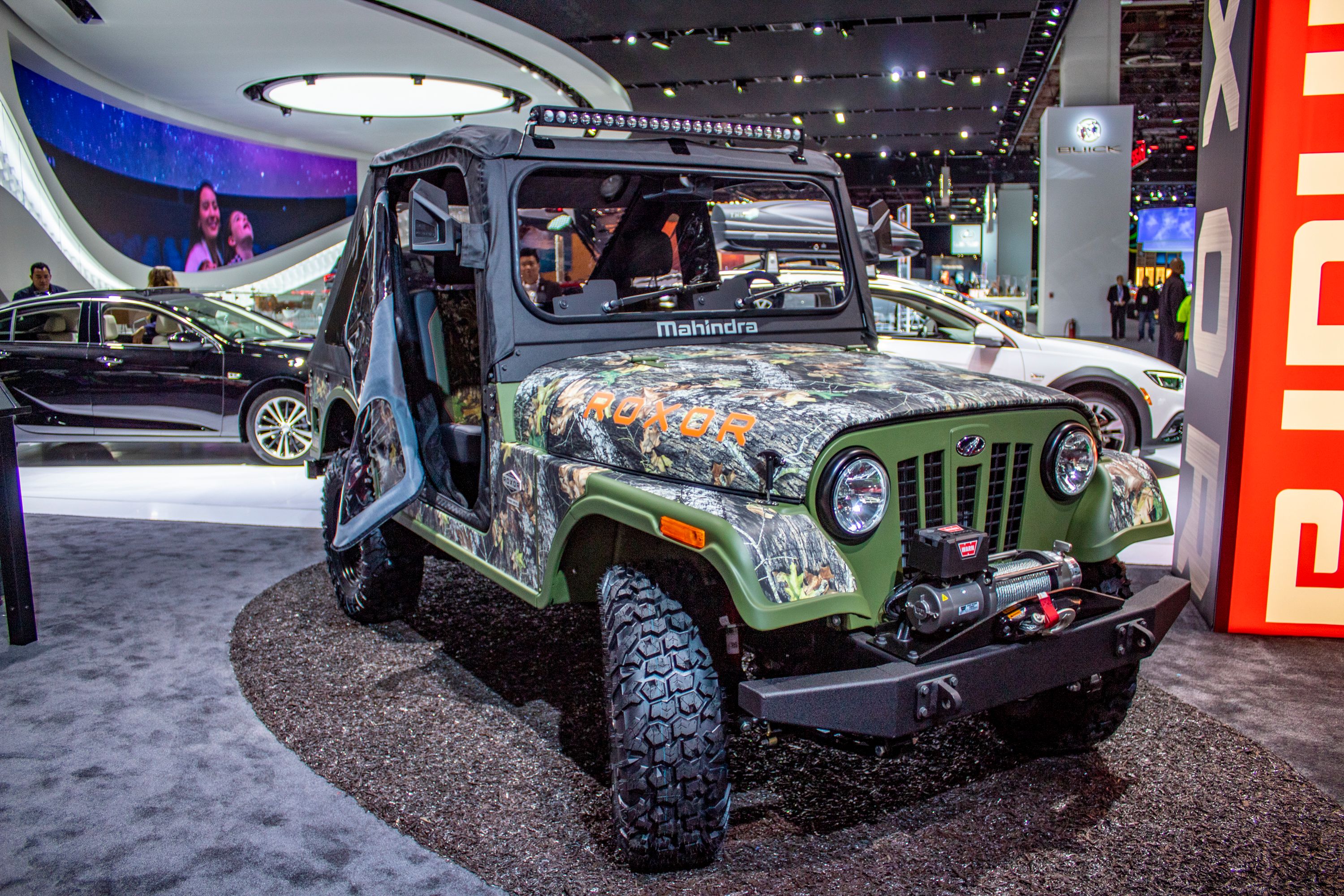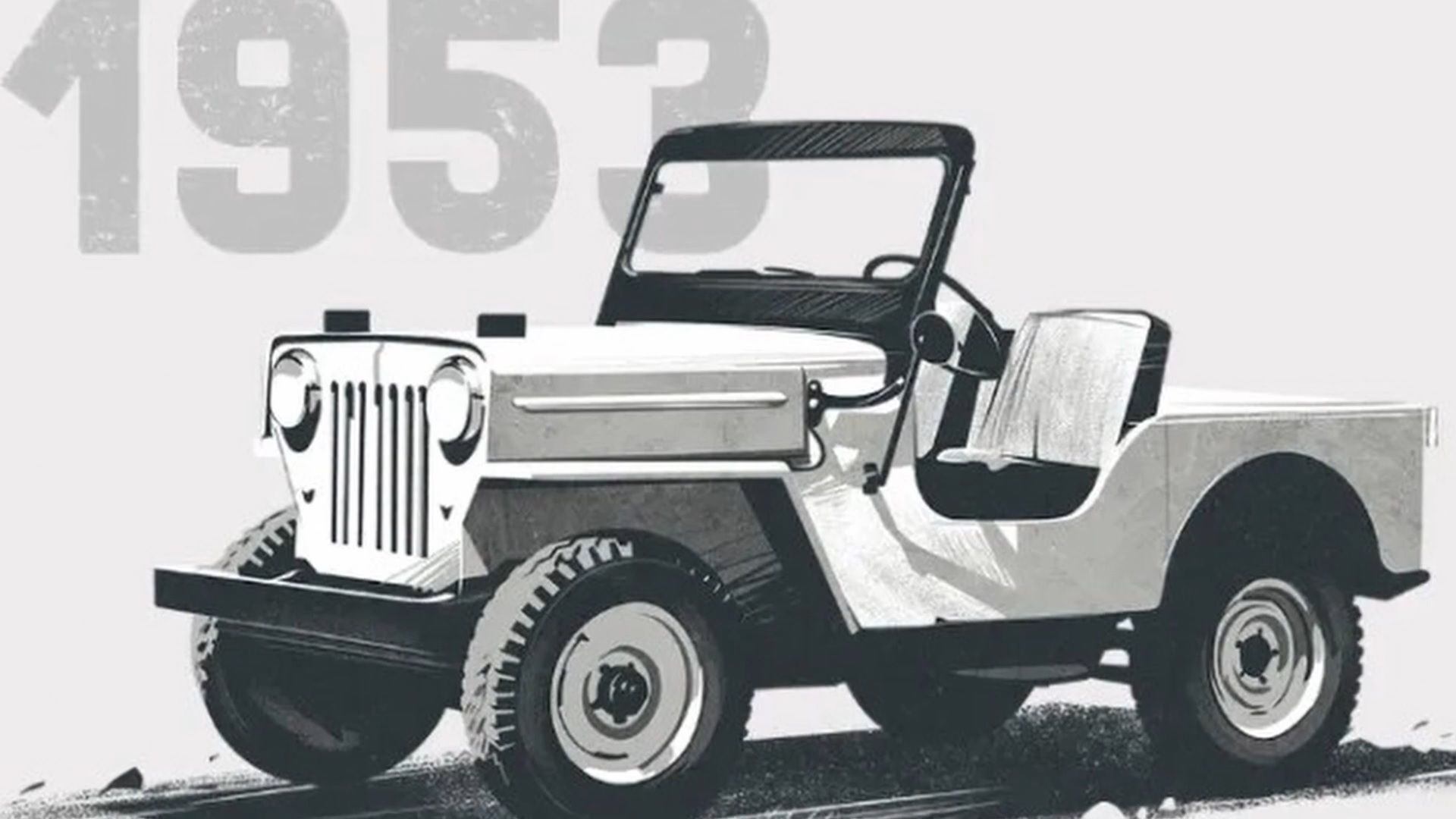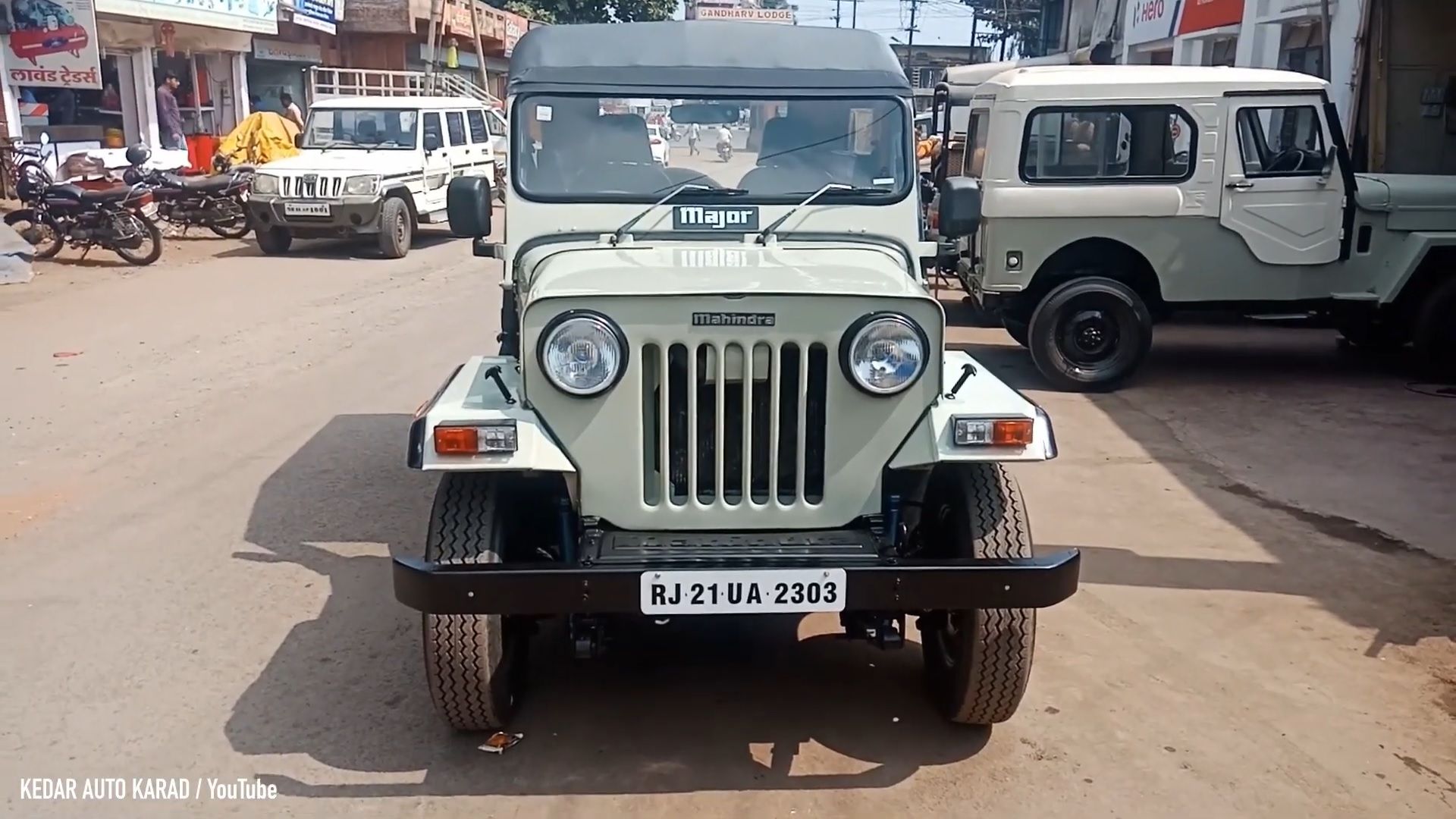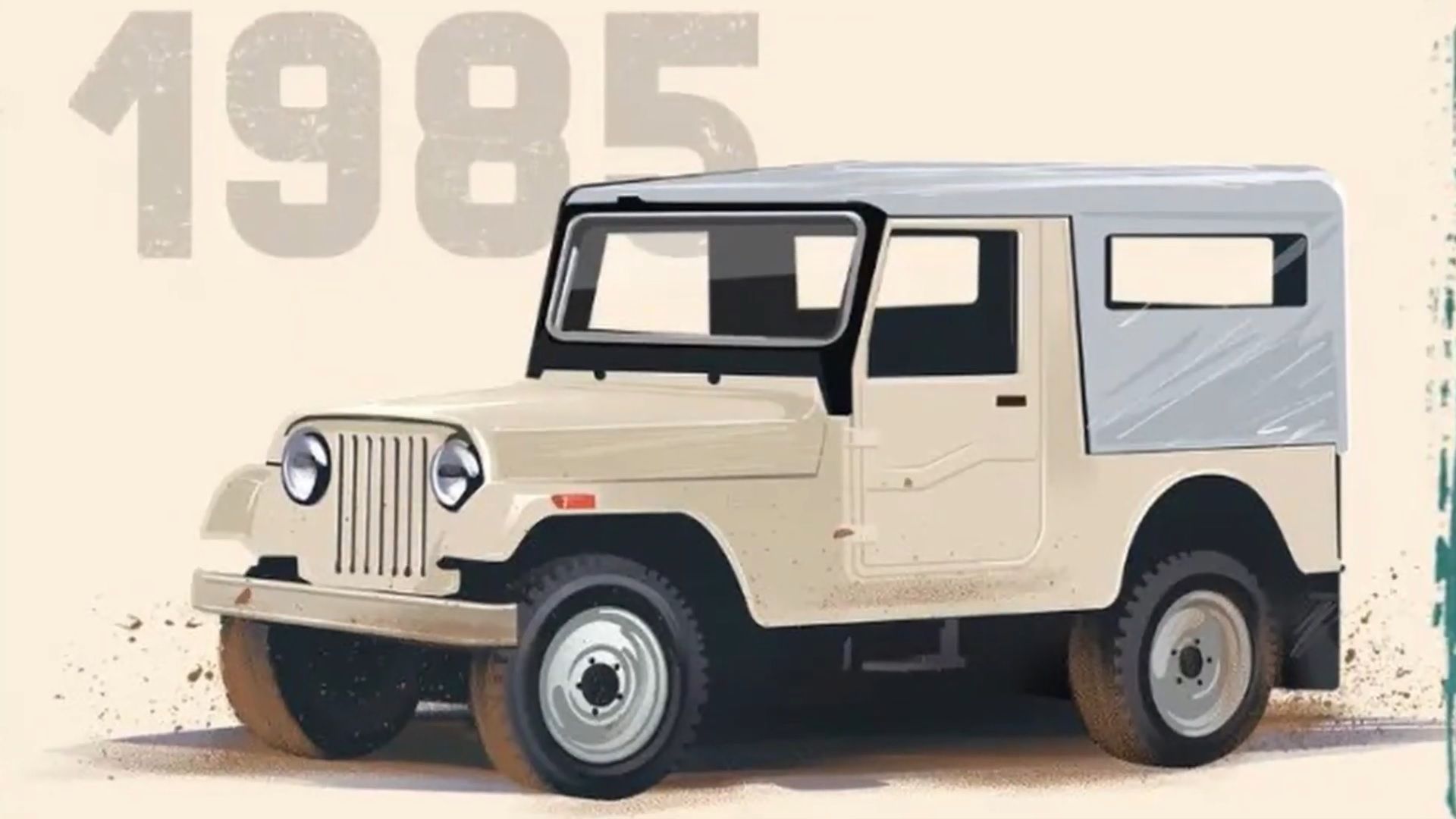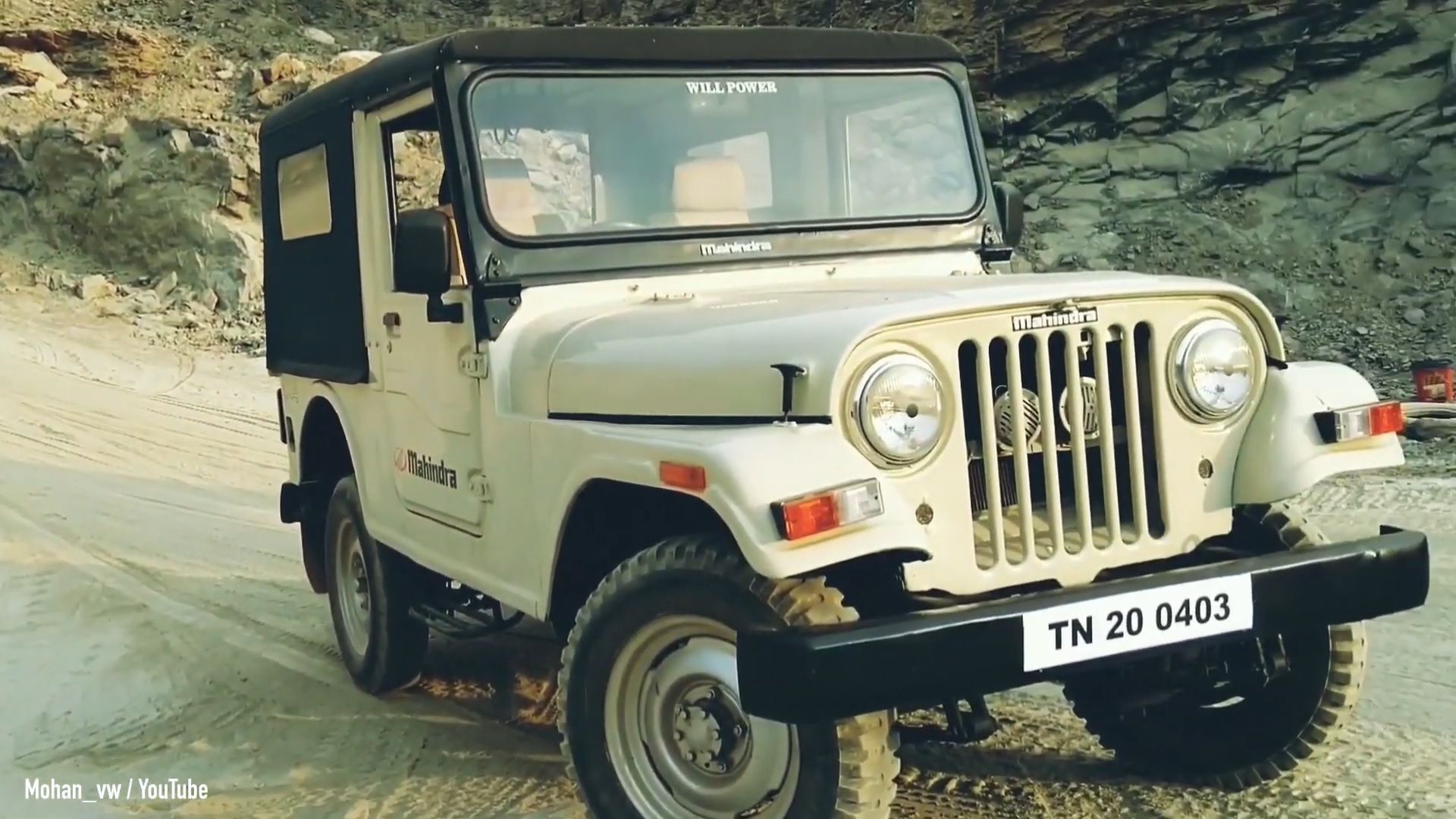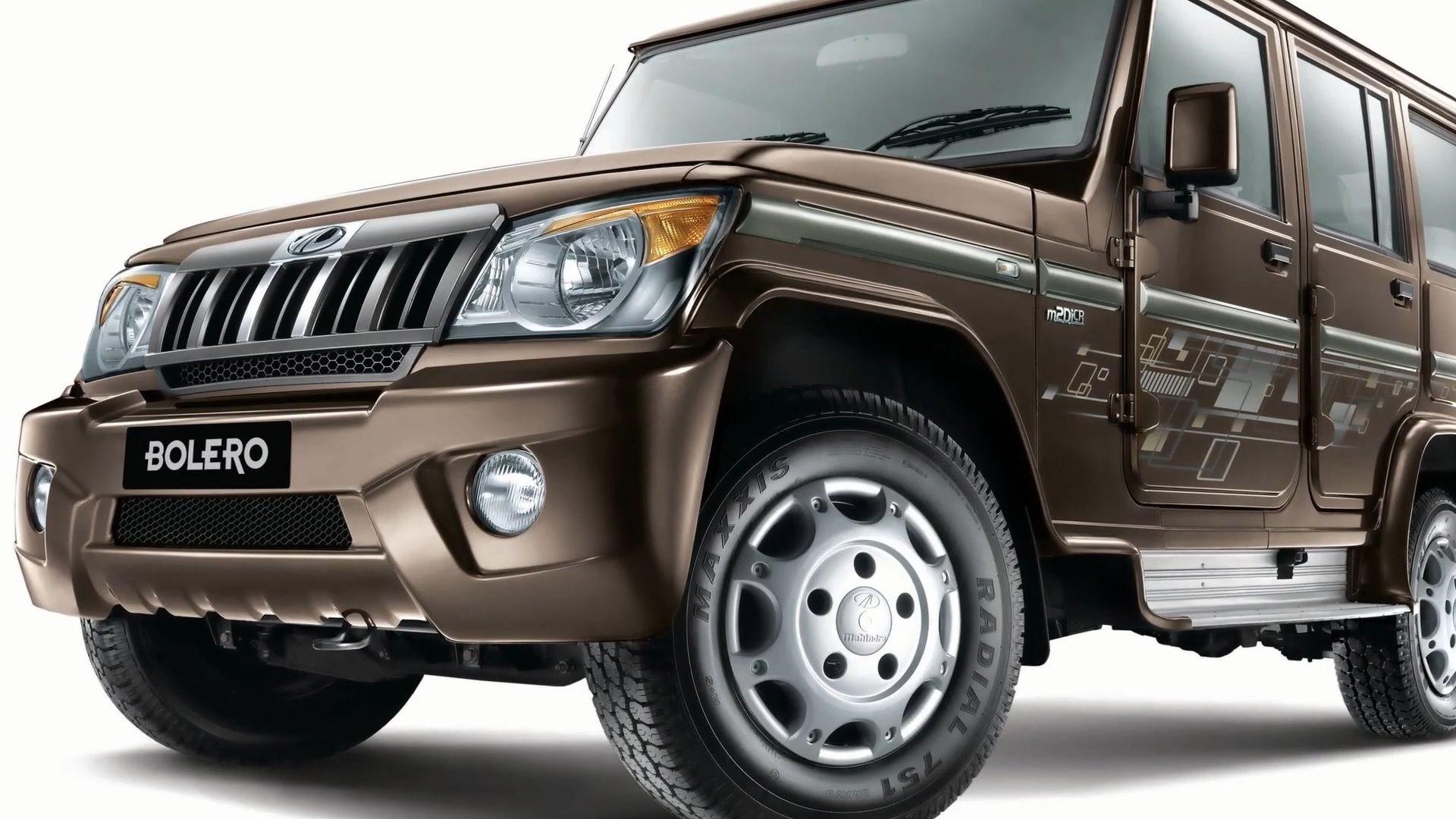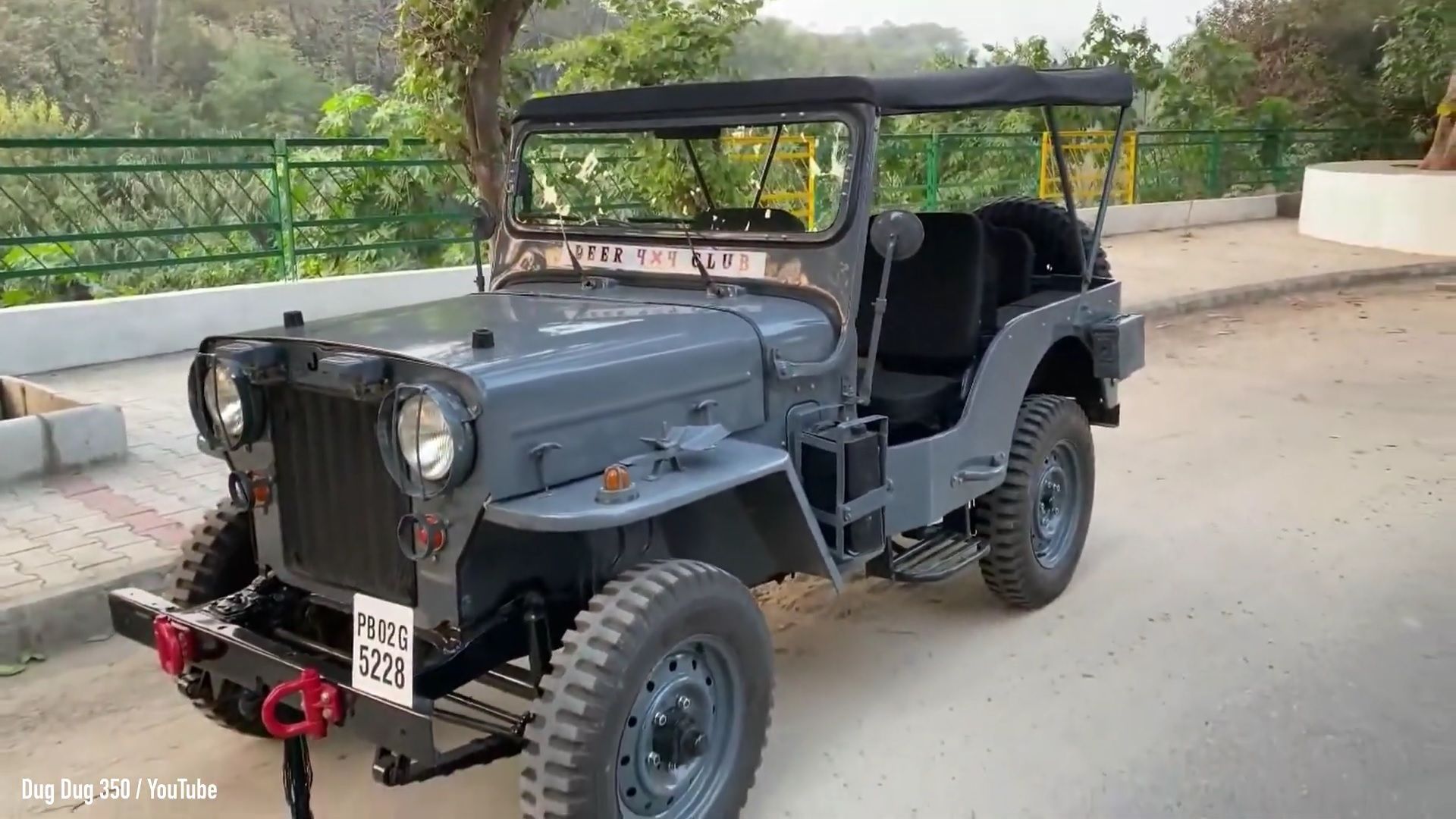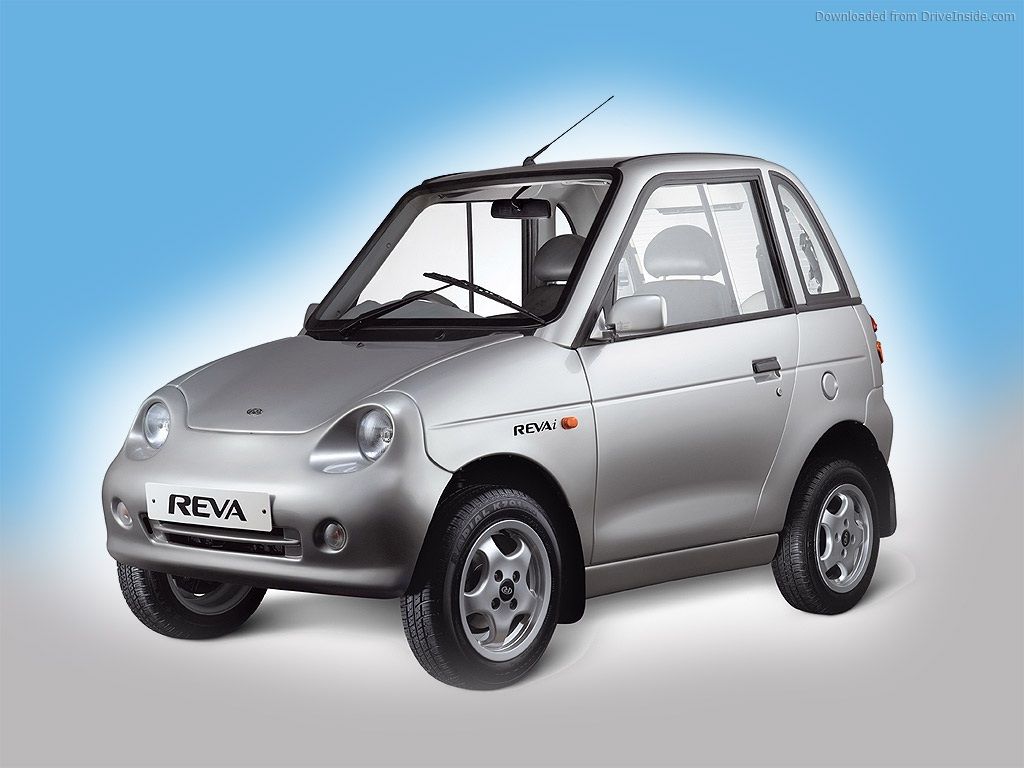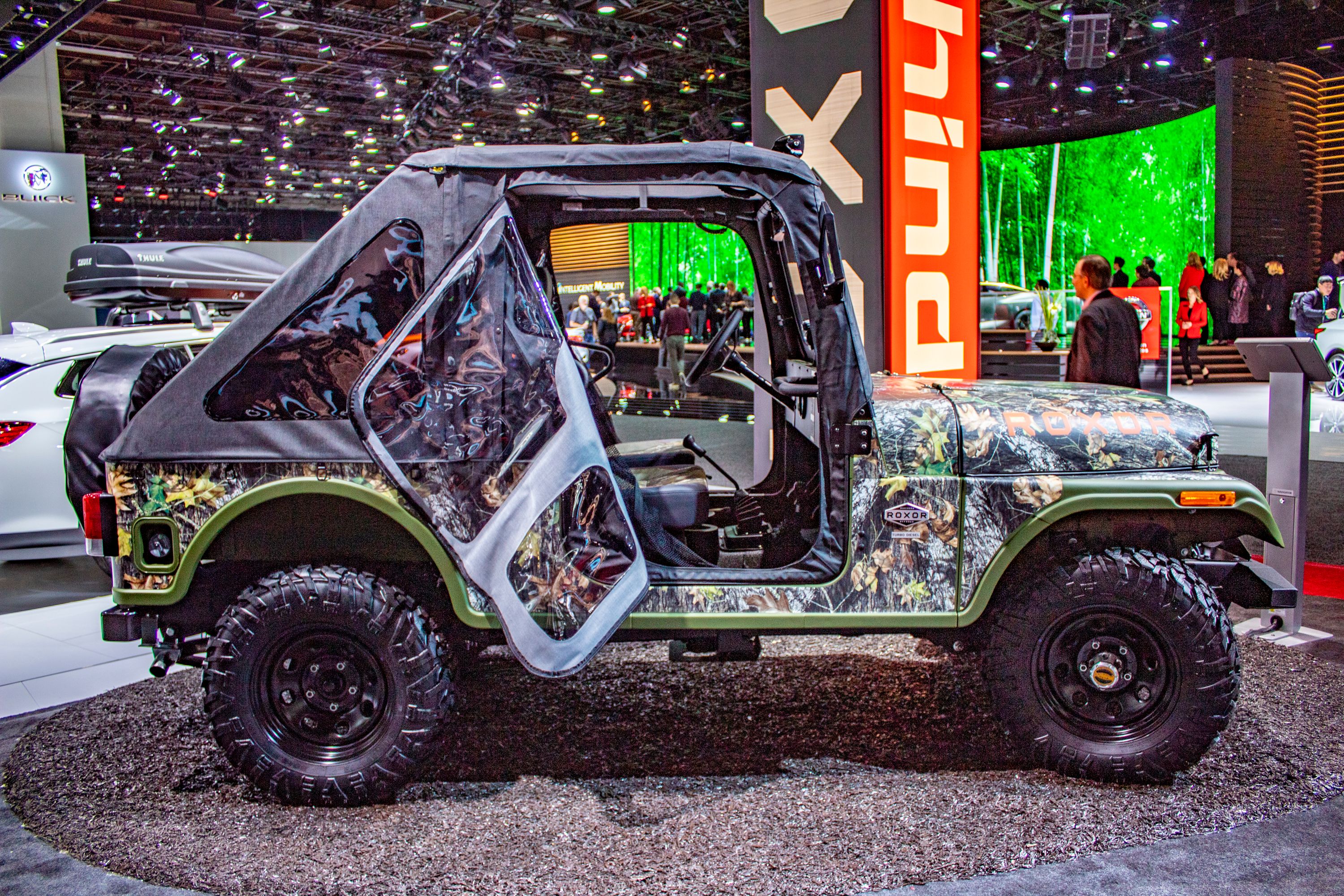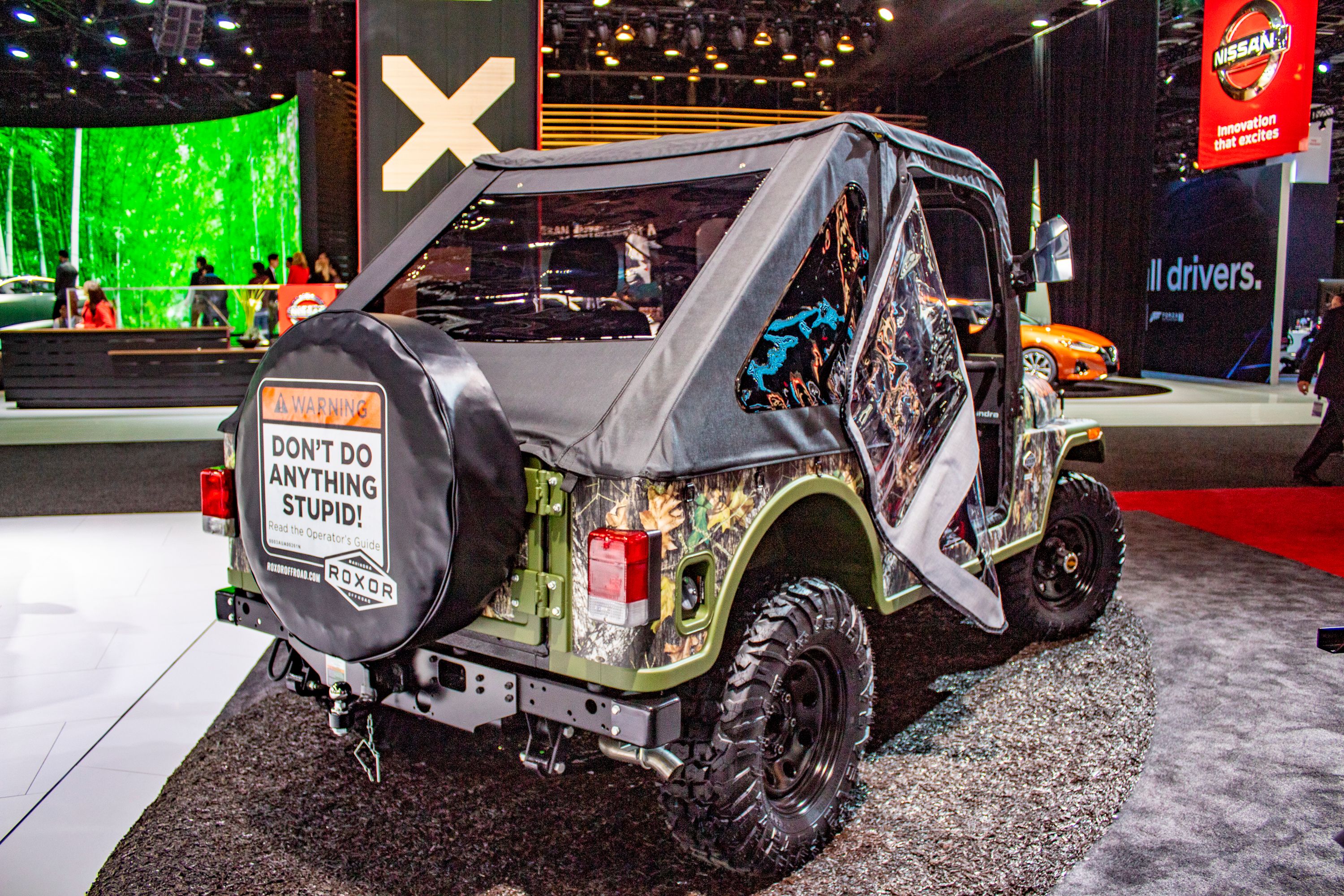Cars, buses, trucks, planes, tractors, boats, and more! This is the story of Mahindra, the Indian company that started with knock-down Jeep kits after World War II and became a money powerhouse that owns SsangYong and Pininfarina - yes, THAT Pininfarina.
So keep reading to find out how a small family-owned business from India became an integral part of today’s international automotive industry - Jeep scandal and all.
Mahindra’s story begins in 1945, when brothers KC Mahindra and JC Mahindra joined forces with Ghulam Muhammad to create a steel trading company named Mahindra & Muhammad. A year and a half later, Muhammad left the company and eventually became Pakistan’s first finance minister, after India gained independence from the British Empire. Then, in 1947, the Mahindra brothers embarked on a mission to assemble 75 Willys jeeps at Mazgaon in Mumbai. This would be the beginning of a long story for the Indian automaker. Shortly after, the company was renamed Mahindra & Mahindra.
Now, I have to mention that today, Mahindra & Mahindra does basically everything. And I mean everything - cars, buses, trucks, tractors - it’s actually the biggest tractor manufacturer in the world -, planes, generators, boats, construction equipment, logistics, real estate, hospitality, defence, and two-wheelers.
Ok, so like I said, Mahindra’s car business started in 1947, when they began assembling Jeep C-J2s under license. As years passed, the CJ2A made way for the CJ3A and then for the CJ3B, which would go on to become an icon of the Indian motoring landscape, with manufacturing going on until 2010 with minimal changes.
Now, what you need to know in order to understand the success of the ageing Jeep in India is that the country had a tiny road network in the 50s and 60s, and the CJ was easy to repair and needed little maintenance, so it was a perfect fit for the landscape. Production went from just under 1,200 units in 1953 to over 21,000 in the 1980’s, but even so, the basic Jeep received minimal improvements. The original Hurricane engine was still offered until the 90’s.
In 1979, Mahindra and Mahindra licensed diesel engines and transmissions from Peugeot that found their way into the CJ, and later, Kia-sourced transmissions and transfer cases were being fitted in India’s jeep. Isuzu was also an engine supplier, with a 1.8-liter gasoline unit, as well as International Truck, that offered modified variants of its utility-vehicle motors.
Like I previously mentioned, the old CJ carried on - one way or another - until 2010, with the last model based on the Willys-Jeep being called Mahindra Major. It featured a modified chassis that was larger than the original and was powered by either International Harvester-derived diesels, Peugeot diesels, or Isuzu petrol engines.
In 1985, Mahindra launched the MM540, which was its first car that didn’t have CJ in its name, because the Jeep license expired and the original name couldn’t be used anymore.
Under the hood it had a 2.1-liter Peugeot diesel engine which was mated to a four-speed manual gearbox and a two-speed transfer case.
Ten years later, in 1995, the MM540 was upgraded to the MM550 which was meant for army duty. It had a 2.5-liter diesel engine from Peugeot that could make 72 horsepower, and a 5-speed manual transmission. The last of the CJ-based Mahindras was the Major, which debuted in 2001 and lasted until October of 2010. It was powered by a 2.7-liter diesel engine mated to a 5-speed gearbox.
Another Mahindra model was the Armada, which was built between 1993 and 2001, and replaced by the Mahindra Bolero, which was basically just an upgraded Armada with a different name, that’s still being built today.
It can carry up to nine people and throughout its career it was offered with numerous engine choices. At first, there were Peugeot diesels that made 76, 96 or 101 horsepower.
Then, with the launch of the second-generation Bolero, a 2.5-liter diesel developed in-house by Mahindra was shoved under the hood of the Indian SUV, with a power output of 72 horsepower.
2002 marked a new era for Mahindra when it comes to the production of cars. Until the launch of the all-new Scorpio, Mahindra was just an assembler of vehicles. All of the cars it made until this point were more or less based on the ancient Jeep CJ 3, although later models were improved and had different chassis and engines.
But with the launch of the Scorpio, Mahindra did something very interesting, seeing how the company didn’t really have the knowledge to make a car from scratch. So it employed the power of its suppliers, which designed the major systems of the Scorpio, with the only inputs from Mahindra being design, performance specifications and program cost.
The design and engineering of the systems were carried out by suppliers, as well as testing, validation, and materials selection. Sourcing and engineering locations were also chosen by suppliers, and the parts were later assembled in a Mahindra plant under the Mahindra badge.
Using this technique, Mahindra was able to bring an all-new model to market with an investment of just 120 million dollars, including the improvements made to the manufacturing plant, which is a small cost compared to Western automakers which sometimes invest double or triple that to make an all-new car.
The Scorpio is powered by a Mahindra-developed, 2.2-liter mHawk diesel engine that makes 140 horsepower and 320 Newton-meters of torque, and is mated to a 5-speed manual transmission. The first facelift came in 2006 and brought some visual enhancements, as well as a six-speed automatic transmission. The Scorpio received three more facelifts, in 2009, 2014 and 2017, and in 2007 there was a pick-up version added to the range, called Scorpio Getaway. The Scorpio is still in production today.
2007 was also the year when Mahindra entered the passenger vehicle segment for the first time, with a badge-engineered version of the Renault slash Dacia Logan, sold as the Mahindra Verito in India. The Verito later received a hatchback variant, but it wasn’t the Sandero.
Instead, Mahindra cut the back of the Logan and made it into a hatchback-looking subcompact car, with a trunk opening that resembles that of a sedan. The Verito became India’s first electric sedan with the e-Verito version, which features a three-phase AC induction motor that makes 31 kilowatts and 91 Newton-meters of torque.
In 2010, Mahindra bought a majority stake in Reva, the maker of the famed G-Wiz, and started production on the e2o in 2013. Mahindra Electric currently makes the e2o plus, which is the successor to the e2o, the eVerito, eSupro, Treo, Treo Zor, and eAlfa Mini. As you can see, most of these are small and light commercial vehicles, as well as three-wheelers that can navigate the killer traffic of Indian cities.
In 2010, Mahindra also began production on the first generation Thar, which replaced the old, CJ-based Major. A second generation was launched in 2020.
In 2011, Mahindra bought SsangYong, South Korea’s 4x4 specialist, and began selling a rebranded version of the Rexton SUV.
Currently, Mahindra makes around 20 different models, excluding three-wheelers. Some of these are developed in-house, like the Scorpio and Bolero, while others are badge-engineered versions of other models. The Alturas G4 is a SsangYong Rexton, the e-Verito is an electric, first-generation Dacia Logan, and the XUV300 is a SsangYong Tivoli.
The newest models from Mahindra that were developed in-house are the KUV100, a small, crossover-like city car, the Marazzo MPV, and the XUV500.
2017 marked the opening of Mahindra’s first manufacturing facility in the United States, in Detroit, where they are assembling the first-generation Thar-based Roxor from complete knock-down kits.
The Roxor is not road legal. Instead, it’s sold as a side-by-side with a 2.5-liter Mahindra turbo-diesel engine that makes 62 horsepower and is mated to a 5-speed manual transmission or a six-speed automatic. Now, knowing Mahindra’s history with Jeep, it’s obvious that the Roxor looks like an old Jeep. And Jeep itself knows this, so in 2018 it filed a copyright infringement dispute, which it won, leading to a ban of sales for the Roxor.
But Mahindra redesigned the Roxor in 2020 and it can once again sell it on the American market as a side-by-side, although it now looks far less like a Jeep CJ. This isn’t Mahindra’s first foray into the US automotive market. Its first attempt was in 2010, when it partnered with Global Vehicles to sell the Scorpio pick-up, but the deal eventually fell through and there were a bunch of pissed off dealers that didn’t get what they bargained for.
Since 2013, the company has had a technical center on US soil and is a longtime tractor distributor. Since 2018, Mahindra owns legendary design firm Pininfarina, and under its ownership, the Italian firm has developed the Battista electric supercar, which is slated to enter production in 2021.
There’s a lot going on at Mahindra and Mahindra, and I uncovered just the tip of the iceberg with this video. It’s a huge company, with manufacturing facilities all over the world, and an attitude that led it to become a big player in the automotive business. Not to mention it’s the biggest name in tractors and a force to be reckoned with in the truck segment.
And that’s it! Let me know in the comments below what your favorite Mahindra model is. I know mine is the latest-generation Thar.

